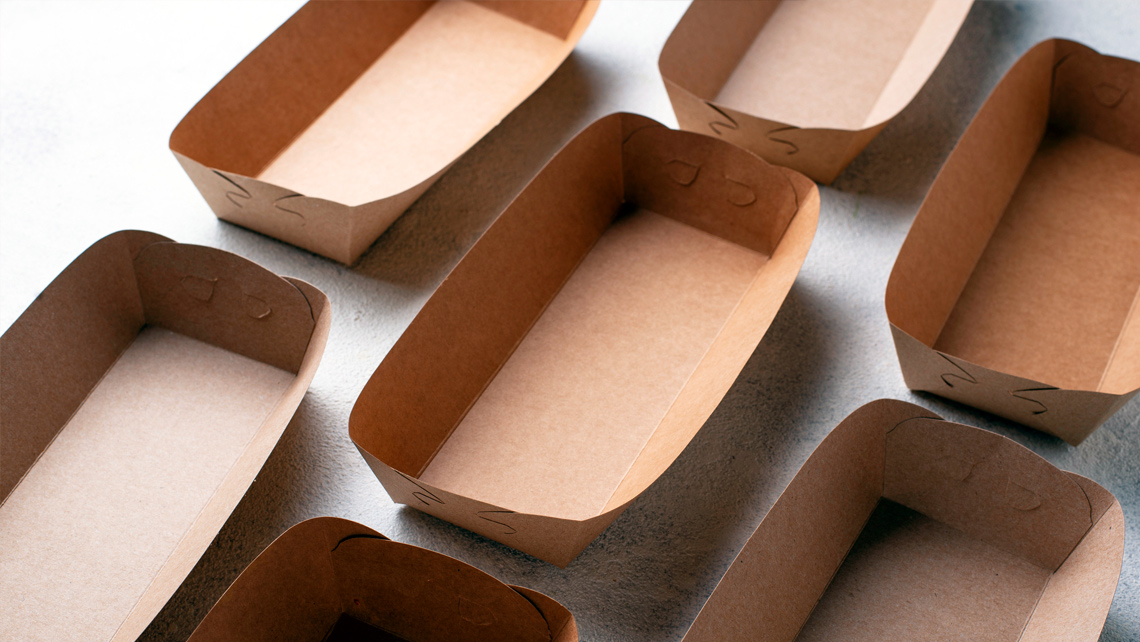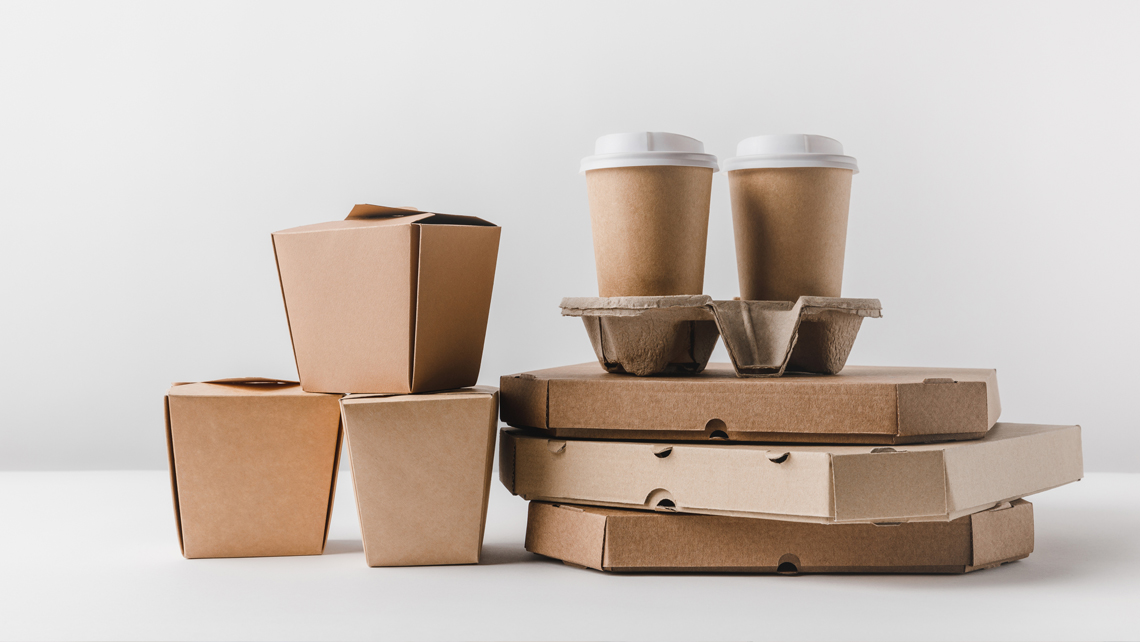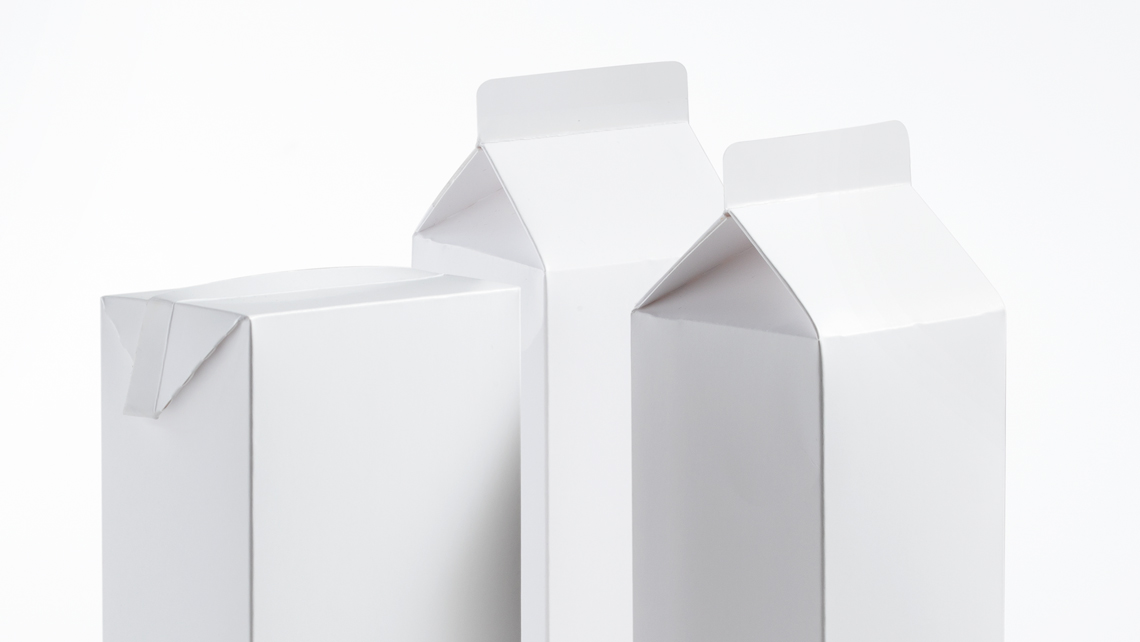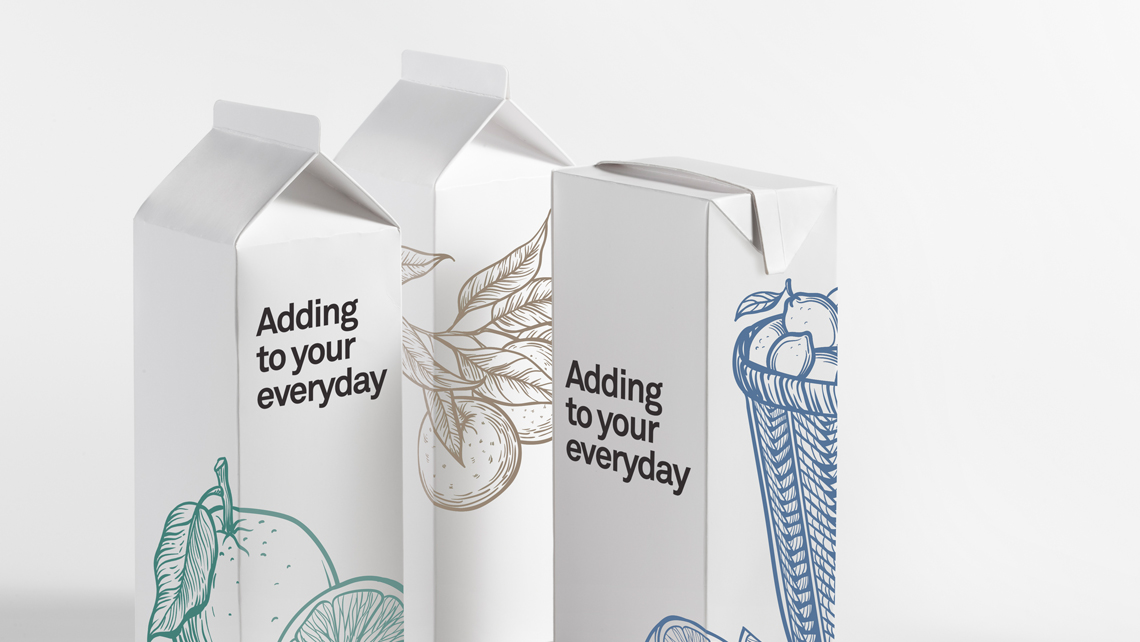The demand for fiber-based food packaging continues to grow. At the same time, awareness about the safety of food contact materials has increased. Board manufacturers are faced with strict requirements regarding the hygienic quality of board. As all producers know, controlling these challenging microorganisms is not an easy task.
The hygienic targets for food packaging board are mostly based on a maximum acceptable level of aerobic bacteria in the final dry board. In practice, after the heat of the dryer section, there are no active bacteria left in the board. The quantity of bacteria in the final board depends solely on the number of bacterial spores. That’s why hygiene control is all about spore control.
The best strategy for microbe control is to prevent the bacteria from transforming into a spore in the first place.
A spore is a dormant form of bacteria that is thermotolerant – and thus extremely hard to destroy. The heat of the dryer sector alone is not enough to kill spores in the board machine. With biocides you can destroy active cells, but for killing of a spore you would need to apply over 20 times the average dose of biocides to your process to get rid of them. For both financial and food safety reasons, this is not reasonable. The best strategy for microbe control is to prevent the bacteria from transforming into a spore in the first place.
The biology of the bacterial spores allows for two different approaches to spore prevention in hygienic board production. Both approaches have their pros and cons, and when adequately executed, both enable the production of high-quality hygienic board. If you want to understand more about spore formation, watch our on-demand webinar on microbe control in hygienic board production.
Biocide-intensive approach: control all bacteria
The first approach to preventing spores in hygienic board production is based on a “kill them all” strategy. This means maintaining a very low quantity of all aerobic bacteria across the entire boardmaking process. In practice, biocide treatment is aggressive and required in all essential parts of the process around the clock.
When you manage to control the amounts of bacteria in the wet-end circulation and the storage towers for pulp and broke you minimize the risk of spore formation by simply having fewer bacteria. But, as the approach name suggests, this requires the mill to use high amounts of biocides. This results in high chemical costs and the mill personnel needing to handle a lot of hazardous chemicals. And what’s more, the safety of your end-product might be in jeopardy due to biocide residuals.
You could also be increasing your risk of machine corrosion. Intensive microbe control programs typically contain chlorine-based oxidizing biocides which have caused costly corrosion issues for some hygienic board producers. Repairing corrosion damage for instance in the dryer section of your board machine is expensive, for one, and corrosion can also lead to quality issues.
A weakness of the biocide-intensive approach is that it leads to a bacterial population that is rich in spore formers. The aggressive conditions created by the biocide stress in the process select for the type of aerobic bacteria that can transform into a spore in a hostile environment. There’s no room for slip-ups in biocide dosage: even a small increase in the amounts of vegetative cells in your process can lead to a huge burst of spores in the board machine. However, when all these risks are adequately managed, this approach enables the production of high-quality hygienic board.
Preventative approach: no room for spores
The second option, the preventative approach, focuses on maintaining process conditions that prevent spore formation. Paper and board mills that follow this approach accept a high level of vegetative bacteria in the wet-end and focus on keeping the number of spores low.
This microbe control approach typically uses less biocides. This leads to some self-evident benefits compared to the biocide intensive approach: the mill can achieve lower chemical costs, increase safety in the workplace, and lower the machine corrosion risk, while also minimizing the risk of exceeding compliance limits of biocide residuals in the final dry board.
The preventative biocide program is designed to keep the machine surfaces clean and maintain appropriate conditions for instance in the storage towers for pulp and broke. The approach requires close attention to operational practices and inventory management, e.g. minimizing retention, emptying the storage tanks regularly, and monitoring raw material coming into the process.
The upside is that a process managed like this is biostable. Even if there is a small interruption in biocide dosing, it won’t trigger a spore outburst. On the other hand, the high quantity of overall bacteria present is a weakness. A sudden change in process conditions, such as an unplanned machine shutdown leading to extended storage times, requires careful attention or the growth of the aerobic bacteria can get out of control.
Which spore control approach is the right one for your mill?
Without an expert examination of the design and the microbiological status of your board making process and an understanding of the operational possibilities, it’s difficult to determine which microbe control approach would be the better choice. But there are a couple of general rules to remember.
First, biocides alone cannot ensure hygiene in food-packaging board production. Micro-organisms are always present in the paper and board making process and if you don’t manage them correctly, they will always cause problems. You need close cooperation between the operational practices at your mill and the partner providing the microbe control products and the biocide application know-how.
Biocides alone cannot ensure hygiene in food-packaging board production.
Second, whichever treatment philosophy for spore control you select, you need to stick with it consistently. All the operational actions and housekeeping at your mill site need to be aligned with the chosen approach. This requires a holistic view of the boardmaking process, expertise in microbe control, and a deep level of microbiological understanding.






